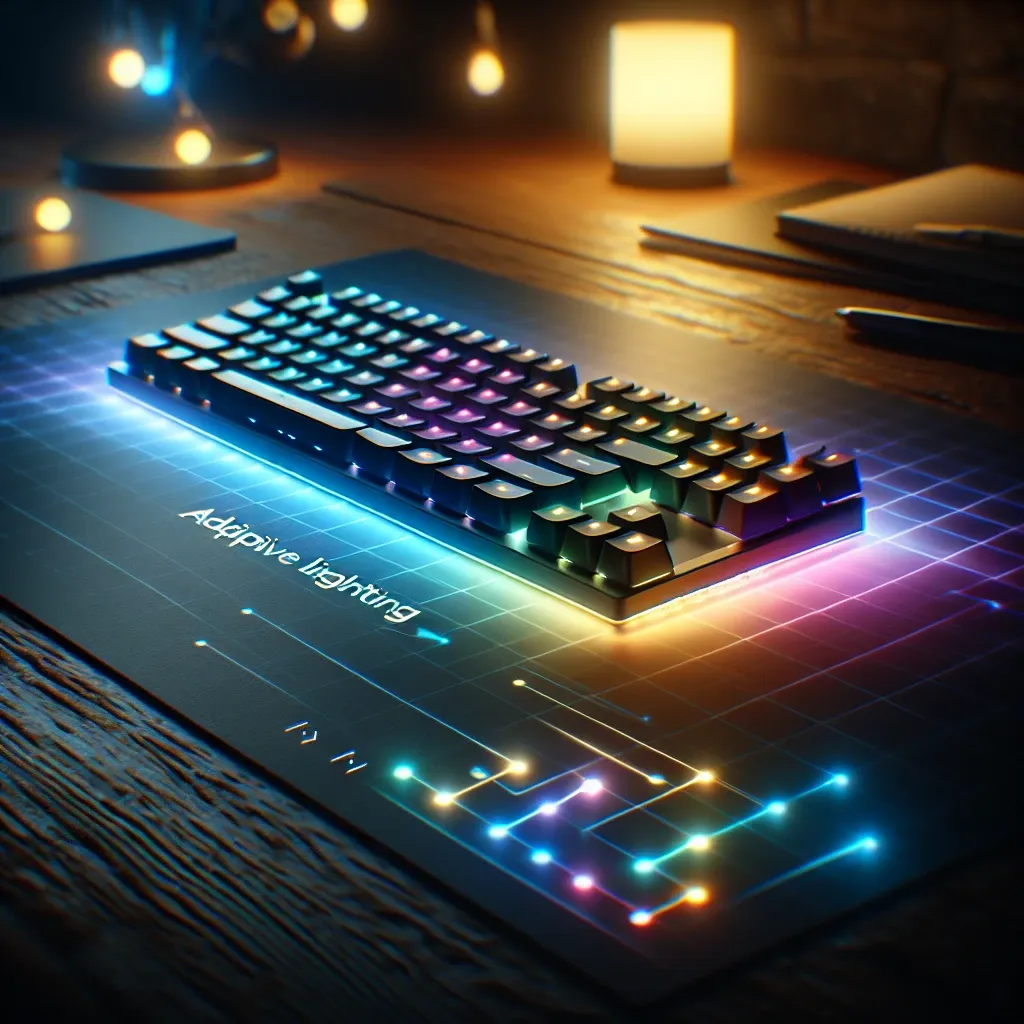Introduction
In the ever-evolving world of gaming and productivity peripherals, Logitech continues to set benchmarks with innovative technology and user-centric features. The recent firmware release for adaptive lighting on Logitech keyboards marks a significant enhancement, paving the way for a more immersive user experience. This article delves into the details of this firmware update, its implications for users, and the broader context of adaptive lighting technology.
Understanding Adaptive Lighting
Adaptive lighting refers to the dynamic adjustment of keyboard backlighting based on various factors such as usage patterns, ambient light, and even the actions performed by the user. This technology optimizes visibility and enhances the overall aesthetic appeal of the keyboard, making it a vital feature for gamers and professionals alike.
The Significance of Logitech’s Firmware Update
Logitech’s latest firmware update focuses on improving the adaptive lighting capabilities of its keyboards. This update is not merely a routine enhancement; it represents a thoughtful response to user feedback and technological advancements.
Key Features Introduced
- Improved Color Accuracy: Users can expect vibrant, true-to-life colors that enhance the visual experience.
- Customizable Profiles: The new firmware allows for the creation of multiple profiles, enabling users to switch between settings tailored for different games or applications effortlessly.
- Smart Syncing: The adaptive lighting now syncs with on-screen actions, creating a more engaging and immersive environment.
- Battery Optimization: For wireless models, the firmware includes enhancements that prolong battery life while maintaining performance.
The Historical Context of Lighting Technology in Keyboards
The journey of lighting technology within keyboard design has been transformative. Initially, keyboards featured simple LED backlighting, which provided basic visibility. As gaming gained popularity, companies like Logitech began integrating more complex lighting systems, such as RGB and programmable lights. The introduction of adaptive lighting is a natural progression in this evolution, reflecting a shift towards personalization and interactivity.
How Adaptive Lighting Enhances User Experience
Adaptive lighting serves several purposes that significantly enhance user experience:
- Improved Visibility: With adaptive lighting, users can easily see keys in varying light conditions, reducing strain on the eyes.
- Personalization: Users can tailor the lighting to reflect their personality or match their gaming setup, contributing to a more personalized workspace.
- Enhanced Focus: Dynamic lighting can help maintain user focus by highlighting essential keys during critical moments in games or work tasks.
Real-World Applications
Logitech’s adaptive lighting technology finds relevance in various contexts:
- Gaming: Gamers benefit from responsive lighting that reacts to gameplay events, enhancing immersion.
- Content Creation: For video editors and graphic designers, adaptive lighting can help distinguish between tools and features quickly.
- Office Work: Professionals can use customized profiles for different tasks, improving productivity.
Future Predictions: Where is Adaptive Lighting Headed?
As technology advances, the potential for adaptive lighting in keyboards is vast. Future updates could incorporate:
- Artificial Intelligence: AI-driven lighting that learns user habits and adjusts automatically.
- Integration with Smart Home Devices: Synchronization with other smart devices for a unified experience.
- Augmented Reality: Interactive lighting that responds to AR applications, enhancing user interaction.
Pros and Cons of Adaptive Lighting
Pros
- Enhances visibility and user experience.
- Encourages personalization and creativity.
- Improves focus and engagement in tasks.
Cons
- Potential for distraction in certain contexts.
- Battery drain in wireless models if not optimized.
- May require user learning to fully utilize features.
User Feedback and Community Reception
Since the release of the firmware update, feedback from the Logitech user community has been largely positive. Many users have praised the improved synchronization features and the vibrant color accuracy. However, some have noted that it may take time to adapt to the new customizable profiles. This feedback is invaluable as Logitech continues to refine its products and adapt to user needs.
Conclusion
Logitech’s release of firmware for adaptive lighting on keyboards is a testament to its commitment to innovation and user satisfaction. By embracing cutting-edge technology and efficiently responding to feedback, Logitech elevates the user experience to new heights. As we move forward, it will be fascinating to see how adaptive lighting technology evolves and further integrates into our daily lives, providing not just a tool, but an immersive experience that resonates with each user.



